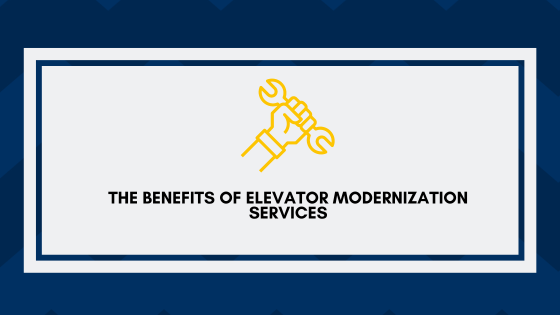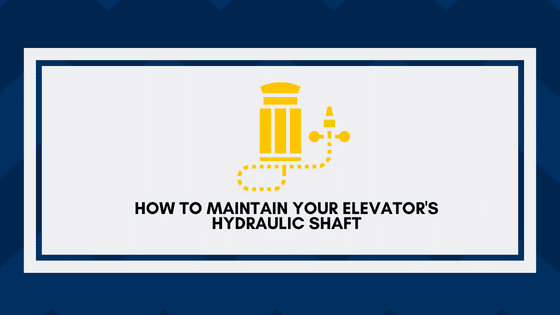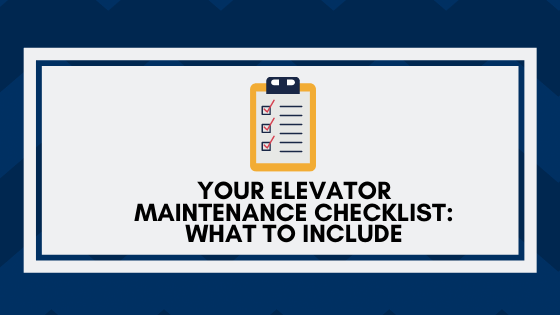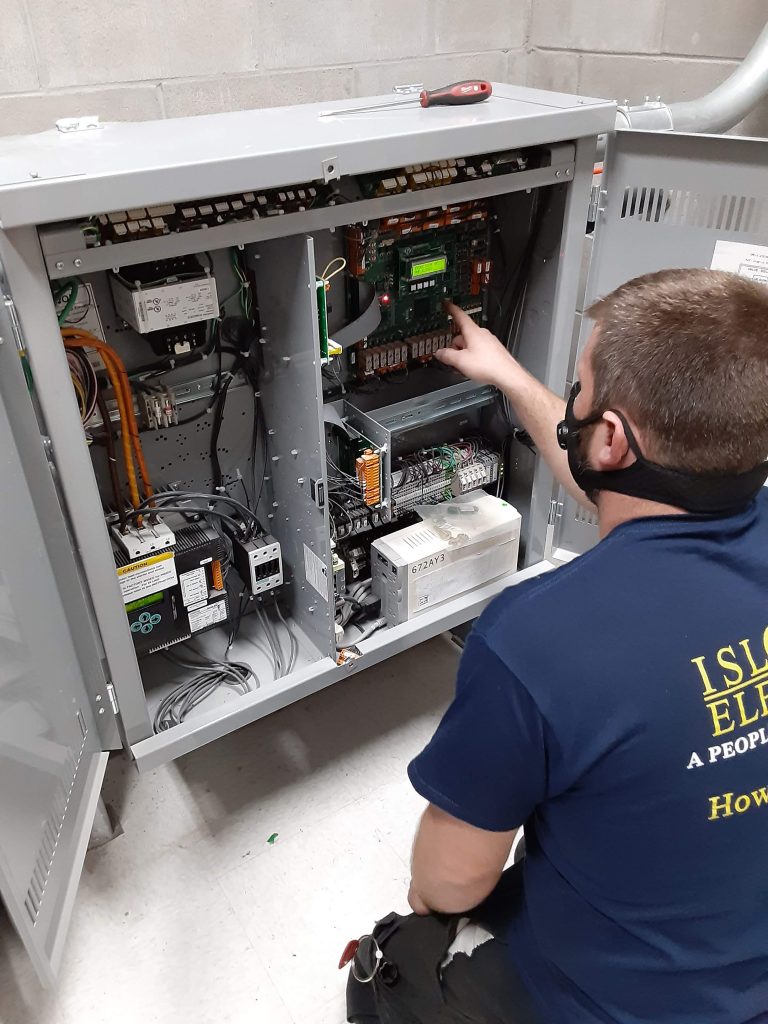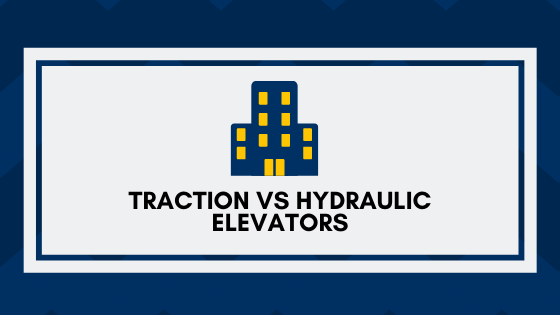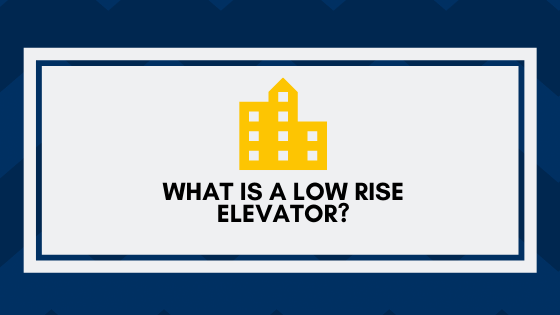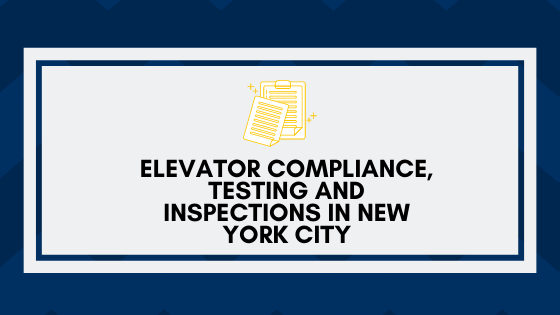
What is Elevator Modernization?
If you are responsible for the upkeep of a commercial or residential building, you know that the elevator is one of the most important components.
When elevator systems begin to break down, it can cause major disruptions for tenants, employees, and visitors. That’s why elevator modernization is so important.
Keep reading to learn more about the benefits of investing in elevator modernization services.

Elevator Modernization Checklist:
1. Cost-effective solution: Investing in elevator modernization services is a cost-effective way to keep your elevators running smoothly. By replacing outdated components and upgrading to new technology, you can avoid costly repairs down the line.
2. Increased safety: Modernizing your elevators will also help to increase safety for everyone who uses them. Newer elevators are equipped with the latest safety features, which can help to prevent accidents and injuries.
3. Improved reliability: When you invest in elevator modernization services, you can also expect an improvement in the overall reliability of your elevators. With updated components and new technology, your elevators will be less likely to experience unexpected breakdowns.
4. Enhanced aesthetic: If you are looking for a way to enhance the aesthetic of your building, elevator modernization is a great option. By updating the look of your elevators, you can give your whole building a fresh, modern look.
5. Greater customer satisfaction: In the end, investing in elevator modernization services is all about providing a better experience for your customers or tenants. With updated elevators, they won’t have to deal with disruptions or delays caused by breakdowns. This can lead to increased satisfaction and loyalty from your customers or tenants.
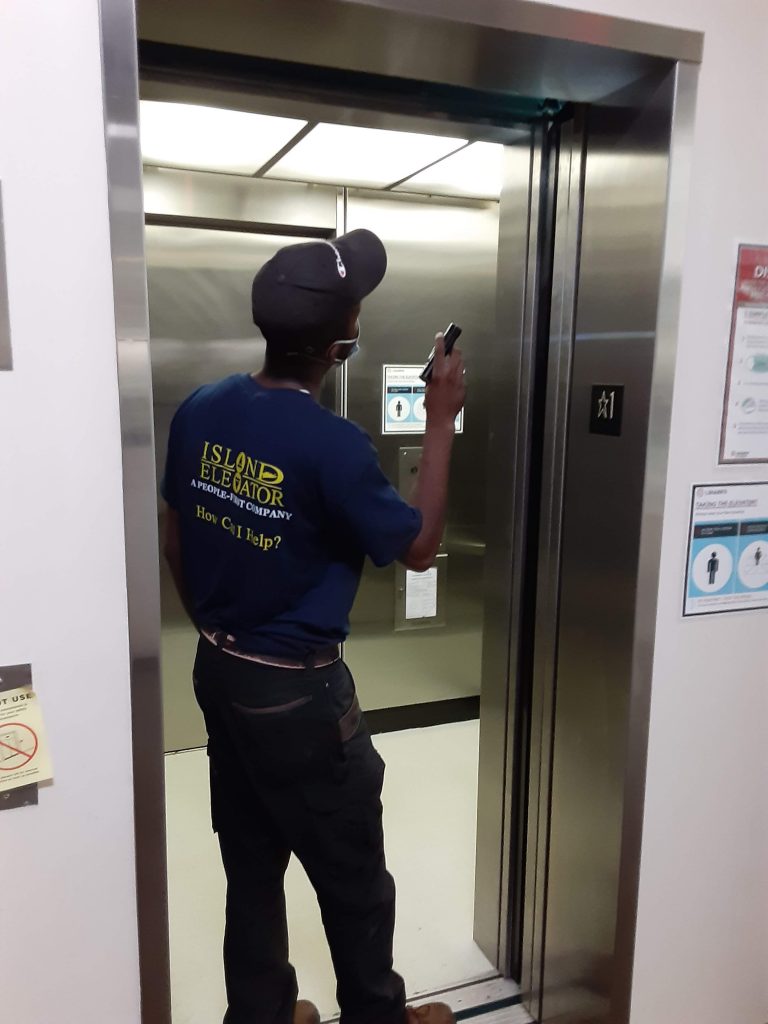
How Elevator Modernization Can Benefit Your Business
Elevator modernization services offer a wide range of benefits for commercial and residential buildings alike.
From improved safety and reliability to enhanced aesthetics and greater customer satisfaction, there are many good reasons to invest in this type of service.
If you are responsible for the upkeep of a commercial or residential building, be sure to keep these benefits in mind when making decisions about elevator maintenance and repair

Why Should You Modernize Your Elevator?
There are a number of reasons why you should consider modernizing your elevator, such as:
-Improved safety: Modern elevators come equipped with the latest safety features, such as automatic doors and emergency brakes.
– Increased efficiency: A modernized elevator system will run more efficiently, resulting in lower energy costs.
– Enhanced functionality: You can add features to your elevator, like voice-activated controls or heating and cooling, that will make it more user-friendly.
– Improved aesthetics: A modernized elevator will give your business a more professional appearance.
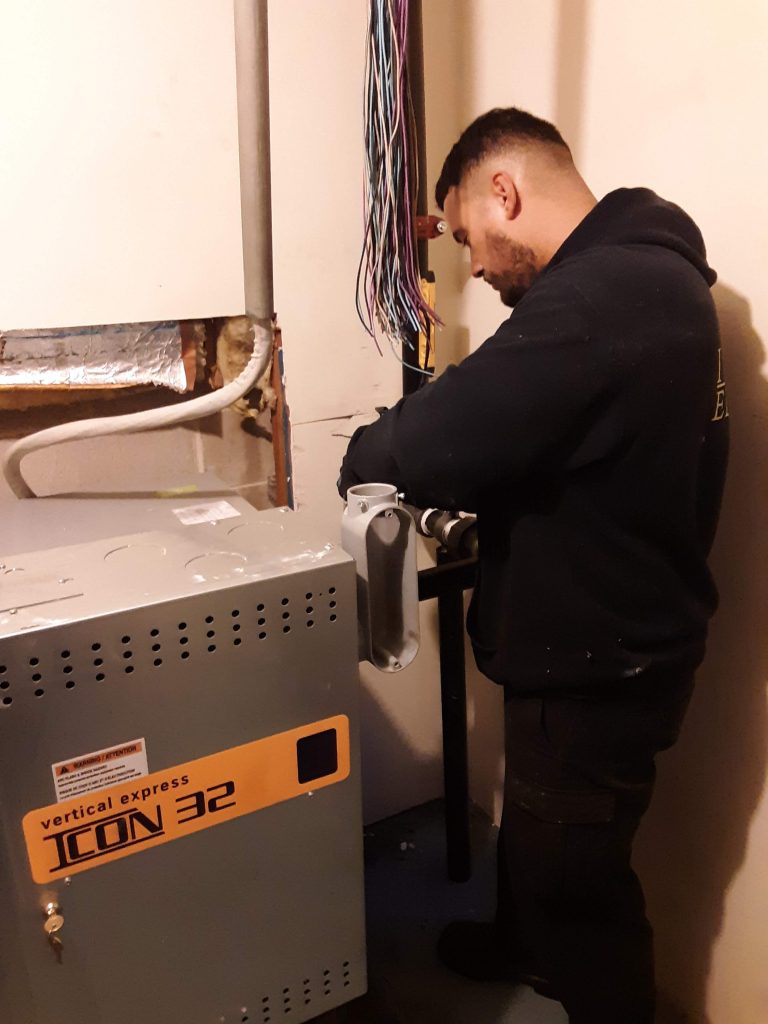
The Benefits of Elevator Modernization Services
There are a number of reasons why you should consider investing in elevator modernization services. First and foremost, it can help to improve the safety of your employees and customers.
By modernizing your elevators, you can help to ensure that they are up to code and meet all current safety standards. Additionally, elevator modernization can help to reduce the amount of downtime your business experiences.
By investing in elevator modernization services, you can help to ensure that your elevators are properly maintained and have a reduced chance of breaking down. Finally, elevator modernization services can also help to improve the efficiency of your business operations.
If you are looking for ways to improve the efficiency and safety of your business, then you should consider investing in elevator modernization services.
By investing in these services, you can help to ensure that your elevators are up to code and meet all current safety standards.
Additionally, elevator modernization can help to reduce the amount of downtime your business experiences. Finally, by investing in elevator modernization services, you can also help to improve the efficiency of your business operations.

Elevator Modernization Services for Improved Efficiency and Safety
For any business, the goal is to increase efficiency and safety while reducing downtime. One key area that is often overlooked is elevator modernization. Investing in elevator modernization services can have a number of benefits for your business, including increased safety, reduced downtime, and improved efficiency.
If you’re looking for ways to improve the efficiency and appearance of your business, look no further than elevator modernization. With so many benefits, there’s no reason not to give it a try. Contact us today to learn more about our services and how we can help you take your business to the next level.

Island Elevator is Ready to Help!
Island Elevator is here to help you understand all facets of your Elevator Repair, Maintenance, & Modernization costs in the new year. Our team is here to help ensure your home and business vertical transportation equipment receive the regularly scheduled maintenance necessary to help you avoid a major catastrophe, reduce the possibility of a costly repair, and ensure the safety of your passengers, tenants, and family.

